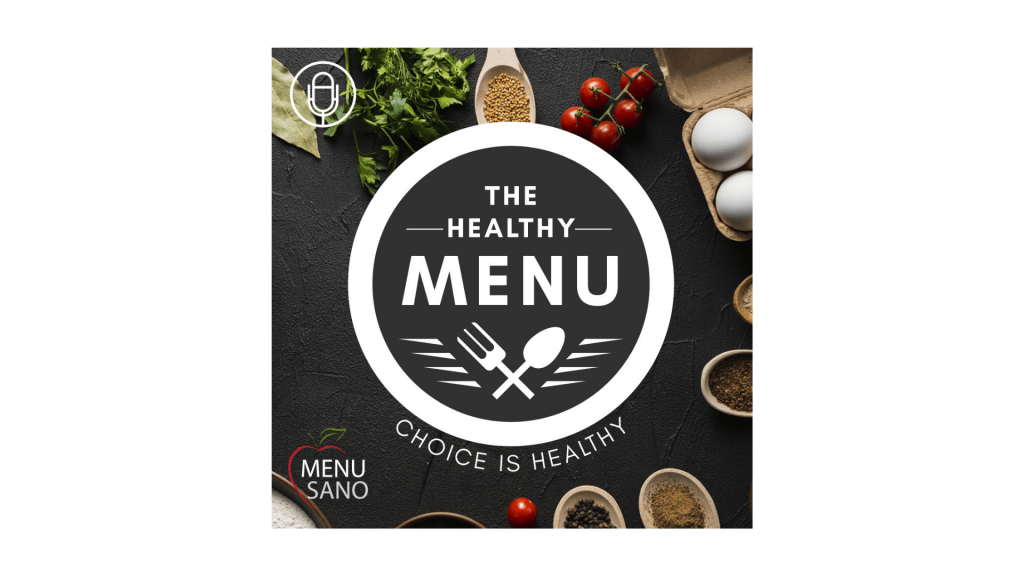Thousands of students across Canada depend on daily lunch and breakfast programs offered at schools. These school programs play an integral role in students’ long-term health and provide them with the tools and education to make informed decisions about their nutrition.
A study by the Public Health Agency of Canada confirms an association between nutrition and long-term health; stressing that eating habits established in childhood and adolescence track into adulthood. This study found that effective School Meal Programs have the potential to improve students’ diet quality, academic and social functioning, and long-term health, decreasing their risk of developing health-related illnesses and chronic diseases.
In fact, the Canadian Community Health Survey found that obesity impacts 30% of adults in Canada, while the number of Canadians impacted by chronic diseases like Type 2 Diabetes and Cardiovascular diseases continues to grow every year. This increases the importance of developing healthy school nutrition programs that educate and empower students to take their health and nutrition in their own hands.

Light Transcription of Interview
M: What encouraged MenuSano to want to work with schools?
C: At MenuSano we are very passionate about nutrition and public health. It started with a focus on giving restaurants a tool to provide nutrition information, but it has become so much more. Public health departments, hospitals, and schools are also using MenuSano for nutrition analysis, which is great.
Schools are important to us because children spend a large portion of their day there. So what they eat during that time is quite important for meeting their daily nutritional needs. Good nutrition helps them grow and develop. A lack of nutritious food can cause learning, behavioural, and health challenges at school.
In Canada, we know there are some healthy eating challenges for children. For example, Food Secure Canada reports that:
- Only about one-third of children between the ages of 4 and 13 years eat five or more servings of vegetables and fruit daily
- About one-quarter of children’s calorie intakes are from food products not recommended in Canada’s Food Guide
- The rates of diabetes and obesity are at all-time highs, particularly amongst Indigenous peoples, whose rates are higher than the rest of the population
M: What is the value of introducing young students to the importance of nutritional information early on in their lives?
C: There is great value to children as individuals, children as part of communities, and the overall health of the population.
We know that good nutrition and good education go hand in hand. Students who eat well have improved test scores, better attendance and fewer behavioural concerns in the classroom.
Teaching nutrition and food literacy can deepen students’ understanding of food, science, culture, history, math and reading. Nutrition education also offers meaningful life skills. Students learn how to prepare balanced meals and snacks, how to listen to hunger and fullness cues, and how to provide the body with adequate amounts of food to learn.
There’s also the connection between food and the body, which is important. Nutrition education teaches students about food in a way that supports their physical, mental, emotional and spiritual health. Students learn how to feel their best by nourishing themselves. They learn to understand and respect the fact that each person has a unique combination of body shape, size, ability, energy needs and food preferences.
Also, children are greatly influenced by their peers, so if everyone is eating healthy foods, they all sort of follow each other. They’re also naturally very curious and love to learn new things. Teaching nutrition is also a health intervention strategy for preventing obesity.
M: How does MenuSano work with schools to support the overall public health of Canadians?
C: Essentially, MenuSano is an online tool for food services, hospitals, schools, food manufacturers, and more to obtain a nutritional analysis of a recipe, food item, or dish. You input ingredients into recipes, using our databases, and are able to generate a nutrition facts label which tells you how many calories, fat, sodium, carbohydrates, protein, vitamins, and minerals are in a serving of the recipe.
With this information, you can see how healthy that recipe or dish is. You can experiment with different ingredients to see if a recipe or dish can be made healthier. If you are operating a school meal program where nutrition standards need to be met, the nutrition information MenuSano provides will let you know if you are meeting those standards or not.
If you are a food service provider like a caterer providing meals to a school, you can use MenuSano to provide nutrition information for the schools you are working with.
In terms of public health, we currently have an obesity problem where 30% of the population has obesity. This is very costly on our healthcare bill because along with obesity, there are related conditions such as heart disease, type 2 diabetes, certain cancers and more.
Part of the problem is that a lot of Canadians eat food prepared outside of the home. 54% of Canadians eat out once a week or more. There is a correlation between eating out frequently and weight gain. We need to let people know what they’re eating in terms of nutrition so they can regulate how many calories, carbs, or fats…whatever they know they need to manage or prevent diseases that are caused or made worse by their diet.
Laying the foundation of good nutrition in schools helps to prevent these public health challenges. We know that a significant amount of Canadian children are not eating healthy enough and schools need to be a public intervention. MenuSano is a tool that can help.
M: What else can be done to help kids at school get their nutritional needs met?
C: Although provinces have some sort of policies in place for serving healthy food in schools, Canada actually doesn’t have a national school food program to ensure school children are getting their nutritional needs met at school. We know that One-third of students in elementary schools and two-thirds of students in secondary schools do not eat a nutritious breakfast before school, leaving them at risk for learning, behavioural and health challenges at school. For some children, food scarcity is a challenge to them getting all the benefits we have discussed from good nutrition.
We need to lay the foundation for healthy eating habits that will last a lifetime, as I’ve already mentioned. We have to go one step further and ensure that learning is not hindered by a lack of access to good food. School food programs are vital contributors to students’ physical and mental health. All children deserve access to healthy food.



















